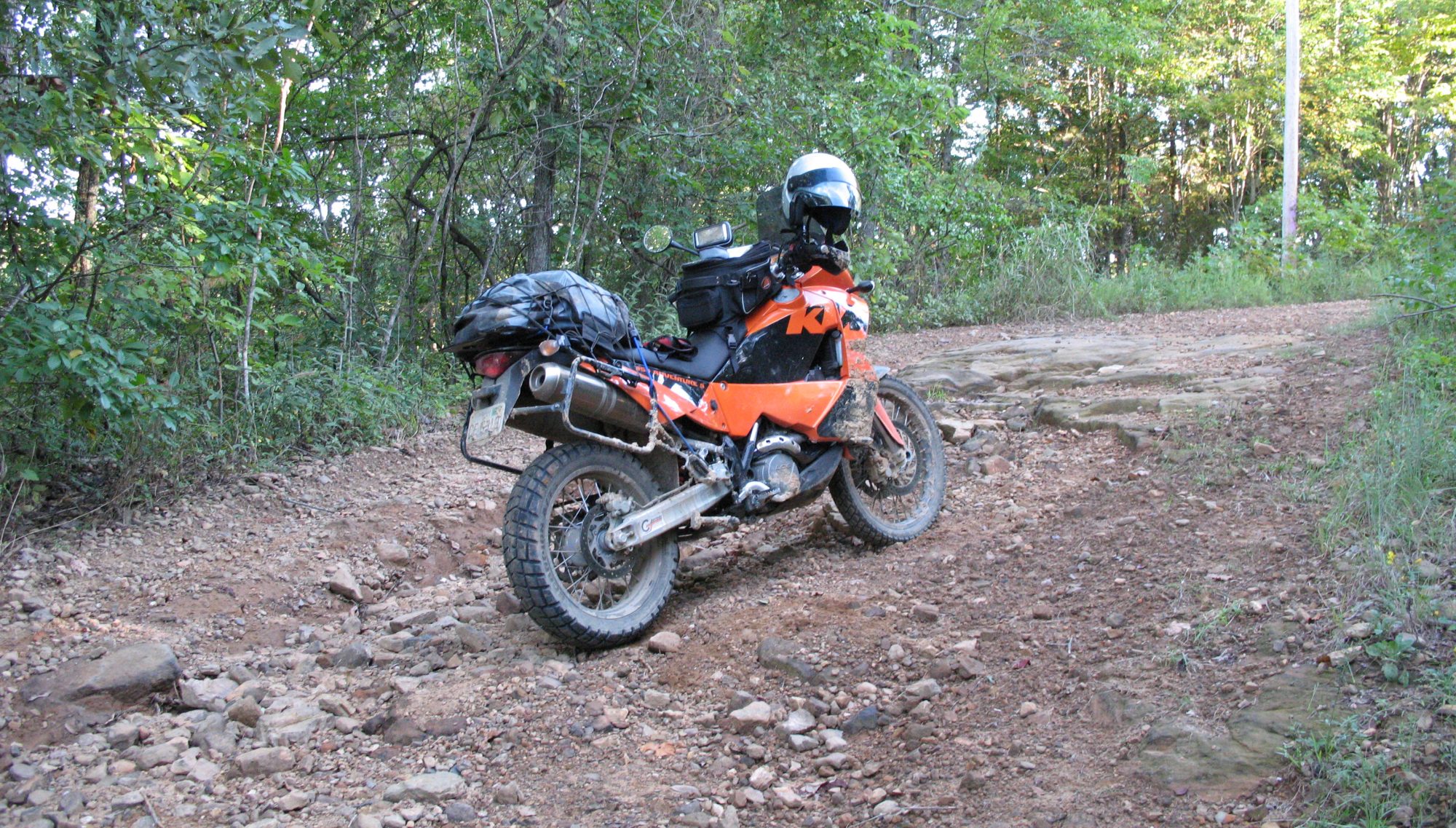…is ongoing but has it’s share of pitfalls. The Kumho 205-60VR16 was the proper diameter to correct the speedometer, but was just a little too big in diameter when 2-up with an insufficient preload setting. The tire rubbed on the amplifier box (which is molded into the inner rear fender on the ’06 and up wings) and rubbed a hole it it. Not OK. Even though the speedometer was correct, which is a nice bonus, the potential damage to expensive electronics from water incursion is not worth the risk.
Plan B – I ordered and installed a ContiProContact SSR 195/55VR16 tire. This tire, for all intents and purposes, matches a factory MC tire for diameter and width. Installing it was simple and even without weights I have been unable to detect an out-of-balance condition. Knowing that an even-slightly-out-of-balance rear tire can cause the infamous “wobble”, I ran up to 60mph and took my hands off the handlebars and let the bike coast down. Not a hint of a wobble at any speed. To the collective dismay of the naysayers, there was no fiery crash caused by running a car tire on a motorcycle. This tire will be on the bike for a long time – probably twice as long as a new MC tire, if other’s experience is any indication.
UPDATE – September 30 – I got back from my trip to ride the mountains in north Georgia, east Tennessee, west North and South Carolina and the Conti was flawless. Not a slip during the trip, and I did remove some metal from the footpegs. On the Cherahola Skyway, we were in the clouds at about 2000 feet on up to 5300 feet, with the resulting poor visibility and wet pavement. Not a slip from the Conti – it just held the road like a good tire should. When we stopped for gas, the rider behind me told me that the tire tread was almost flat on the road the entire time. When I tell you that we were wasting no time, believe it. Our group rode almost 500 miles through the mountains in about 12 hours of riding. If you’ve ridden in those mountains you know that is not a slow pace.
